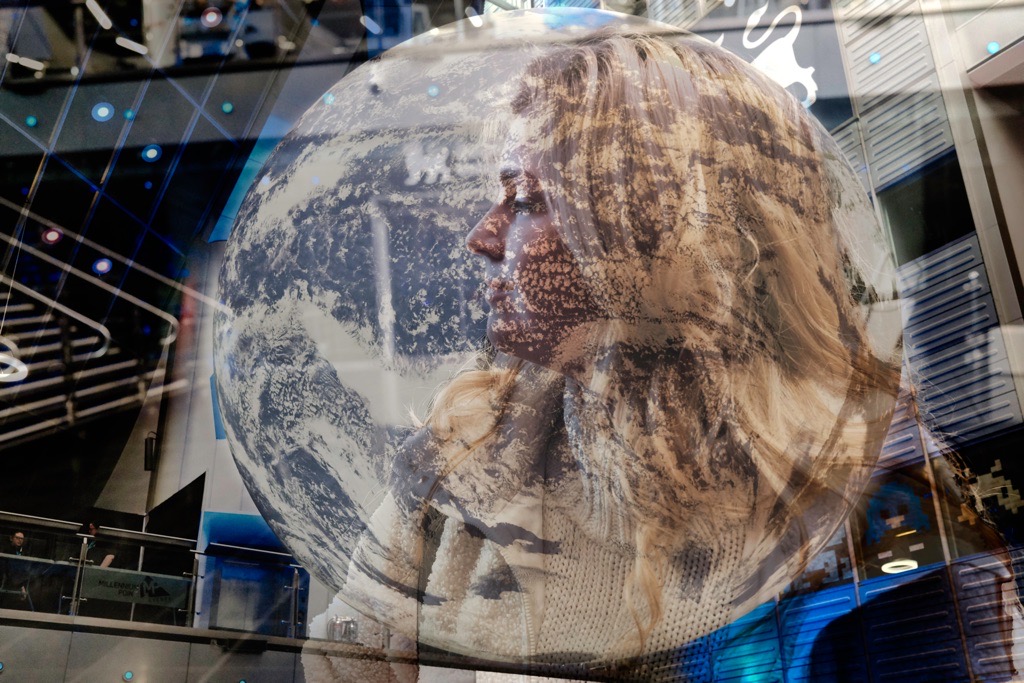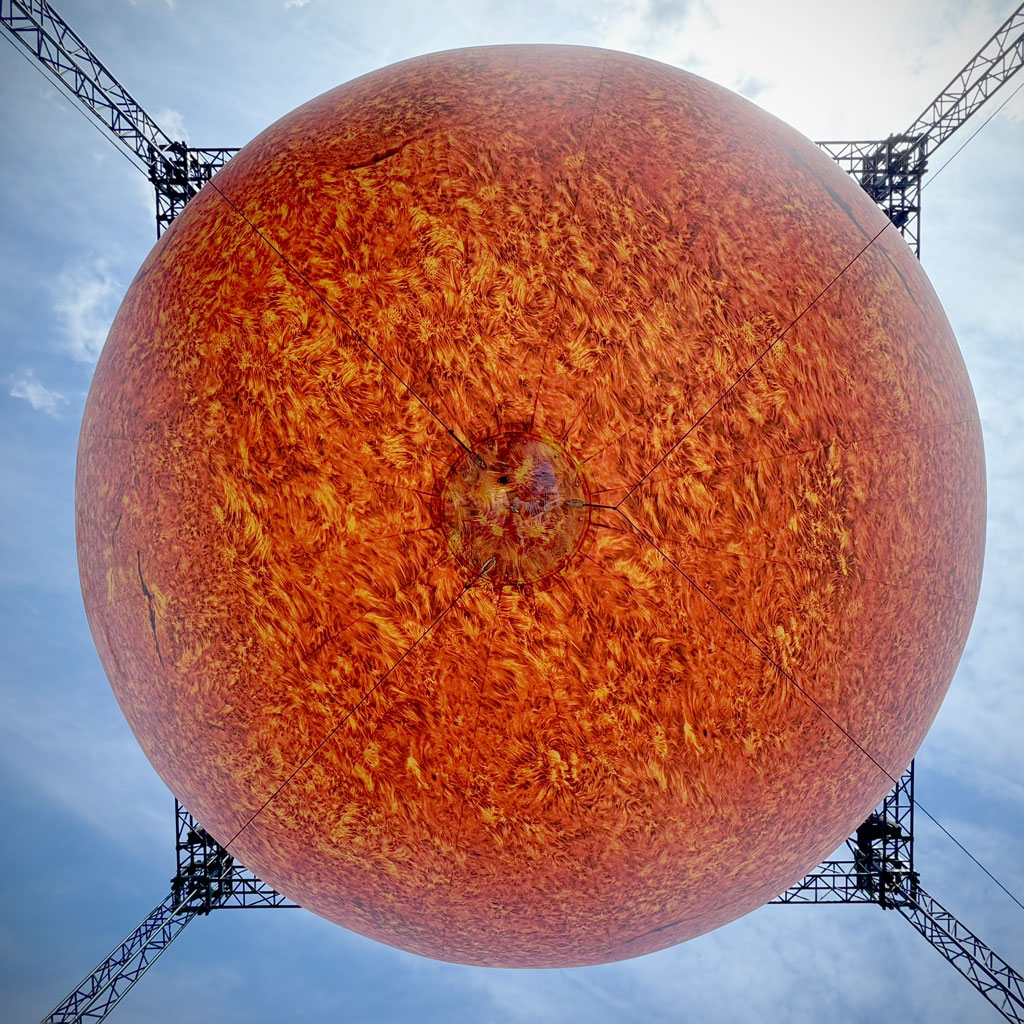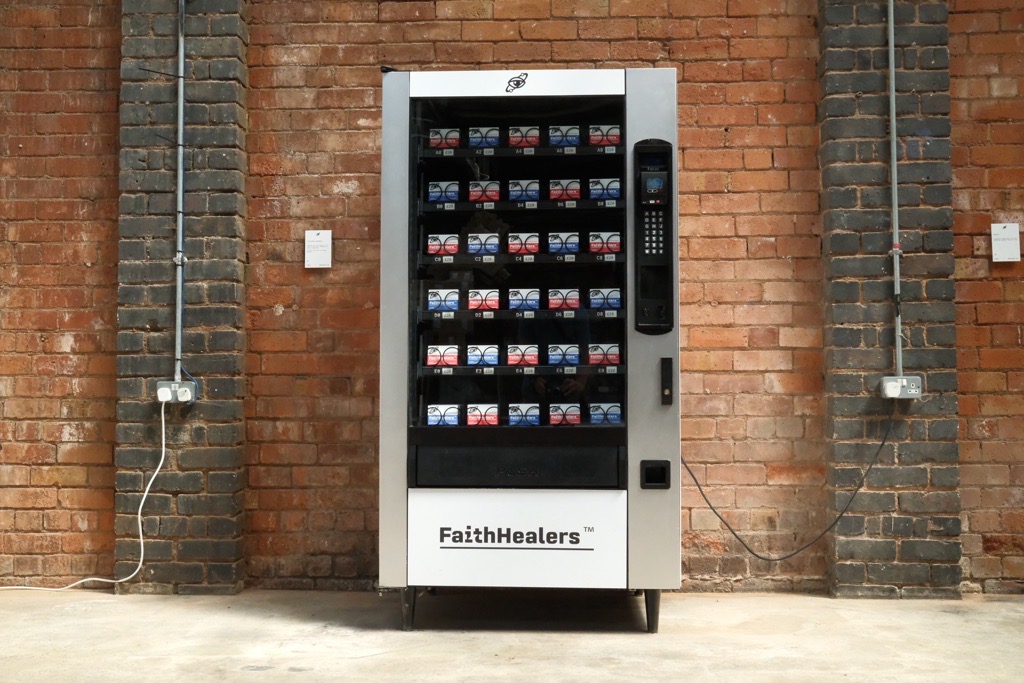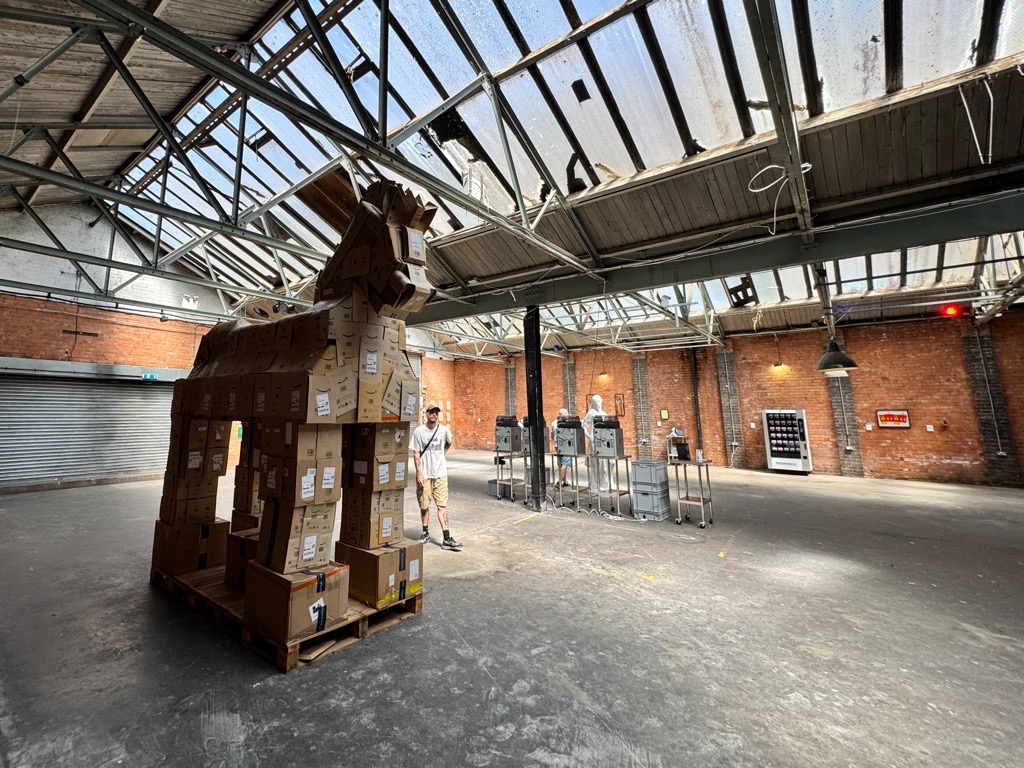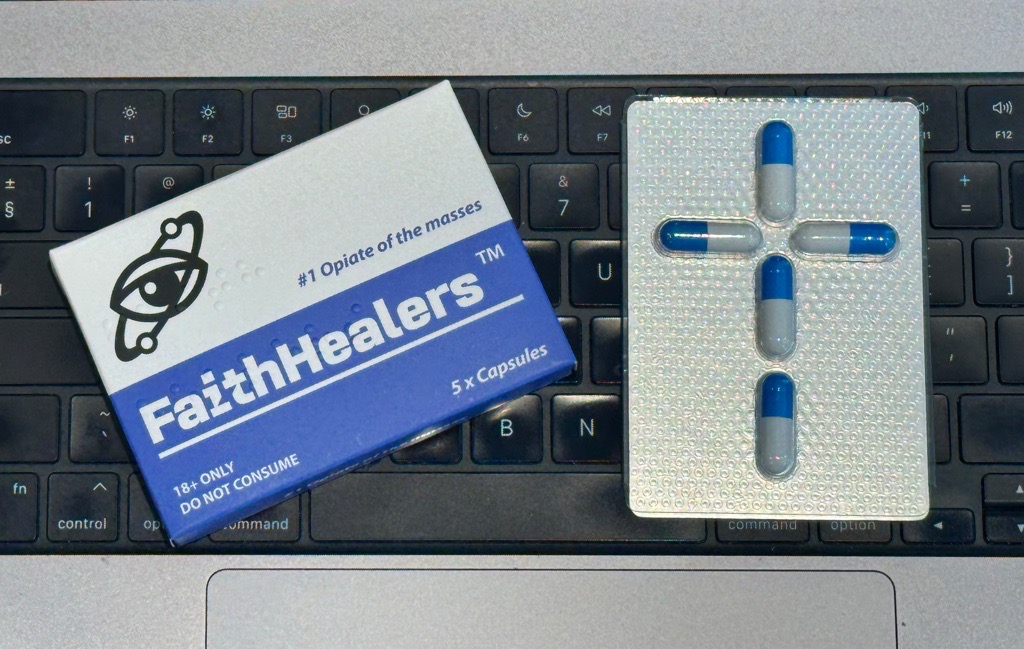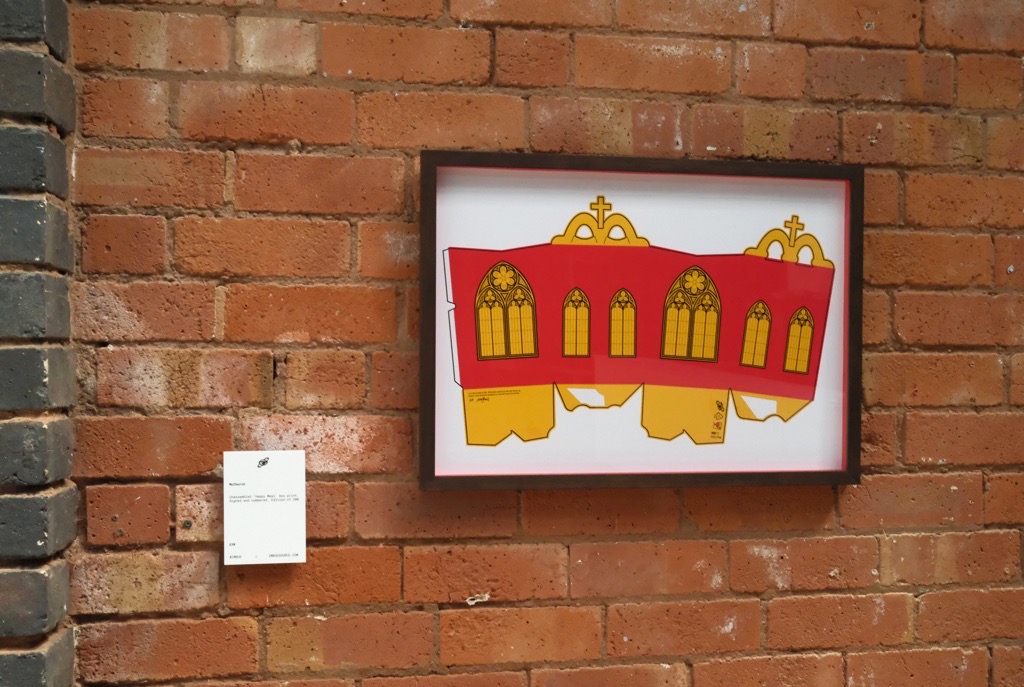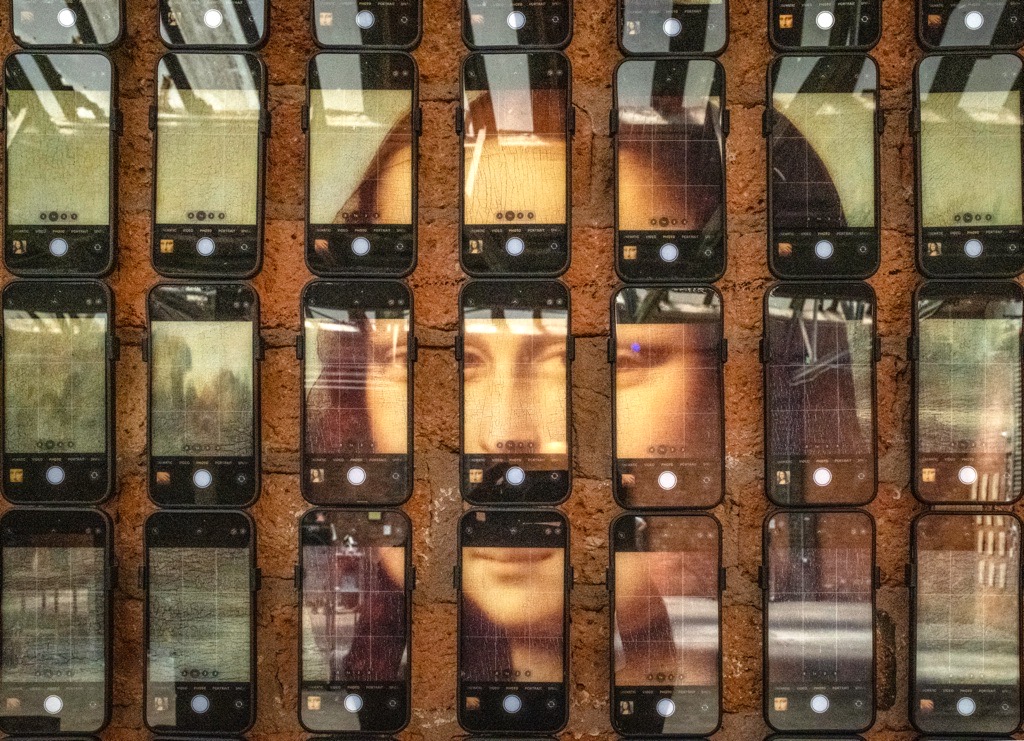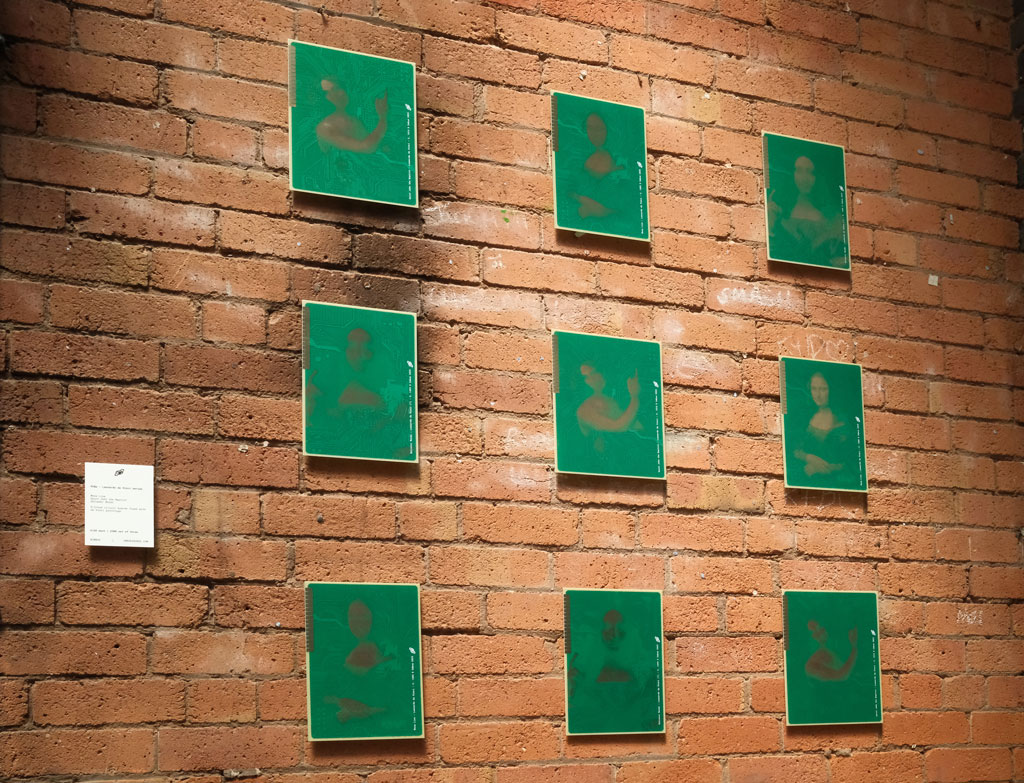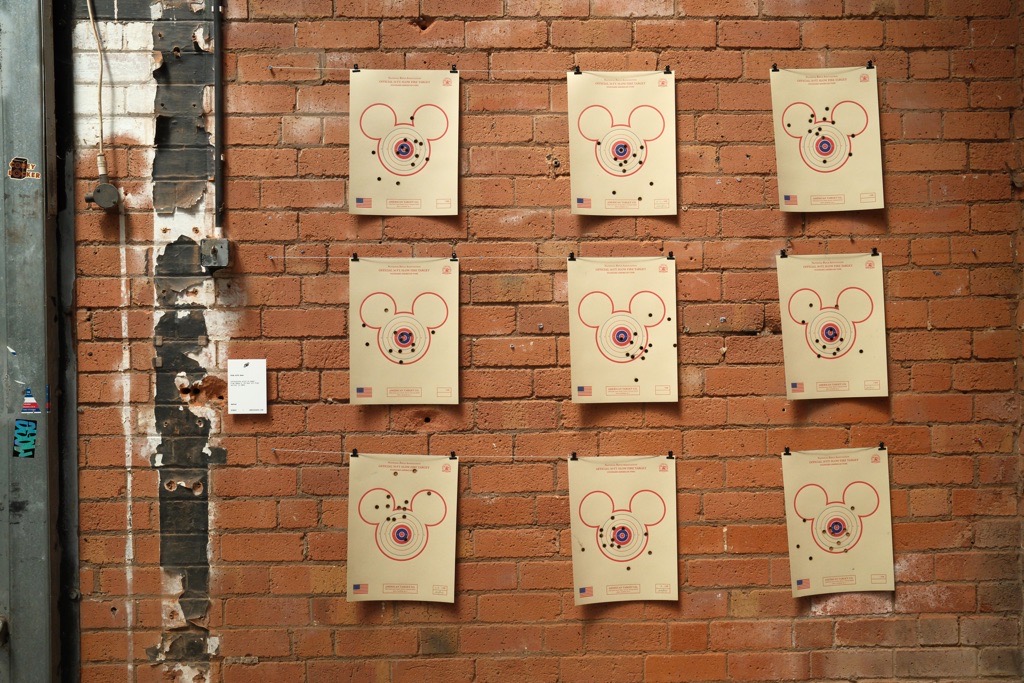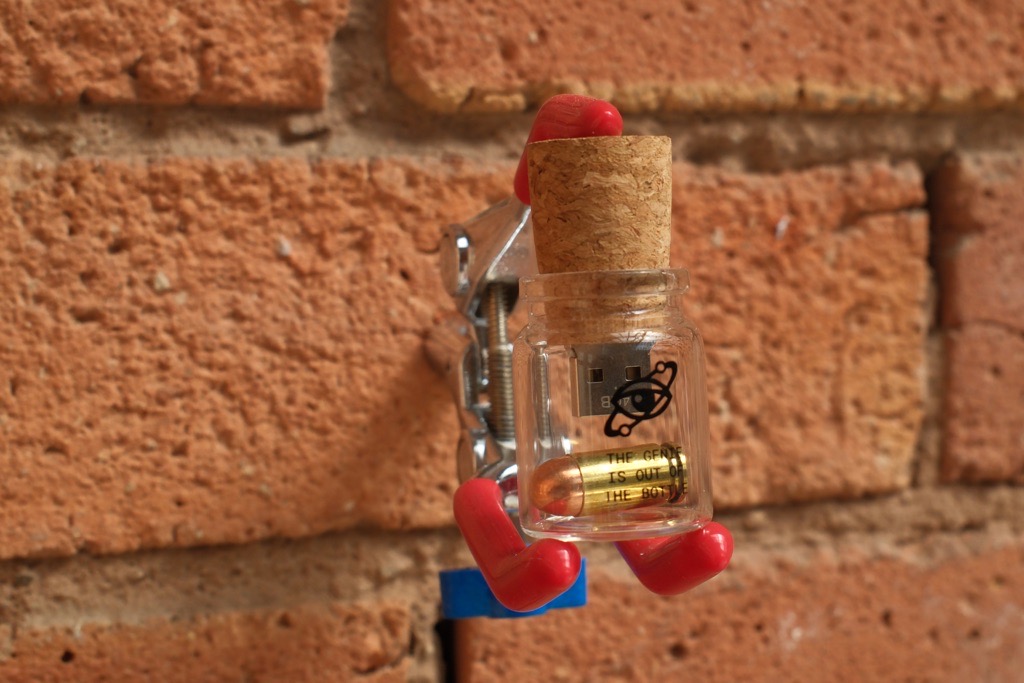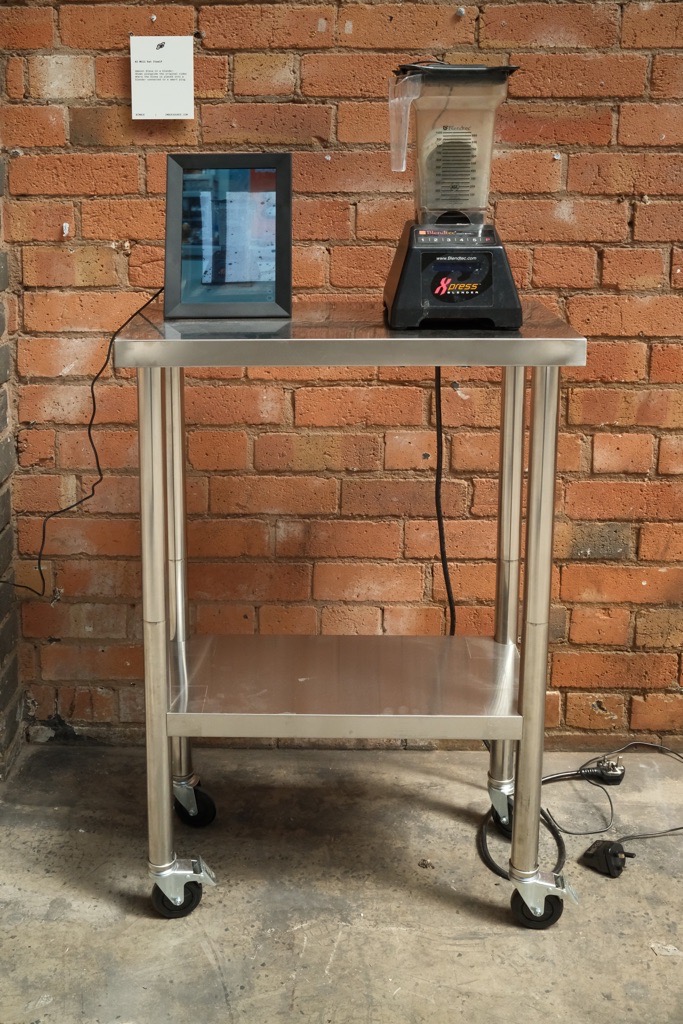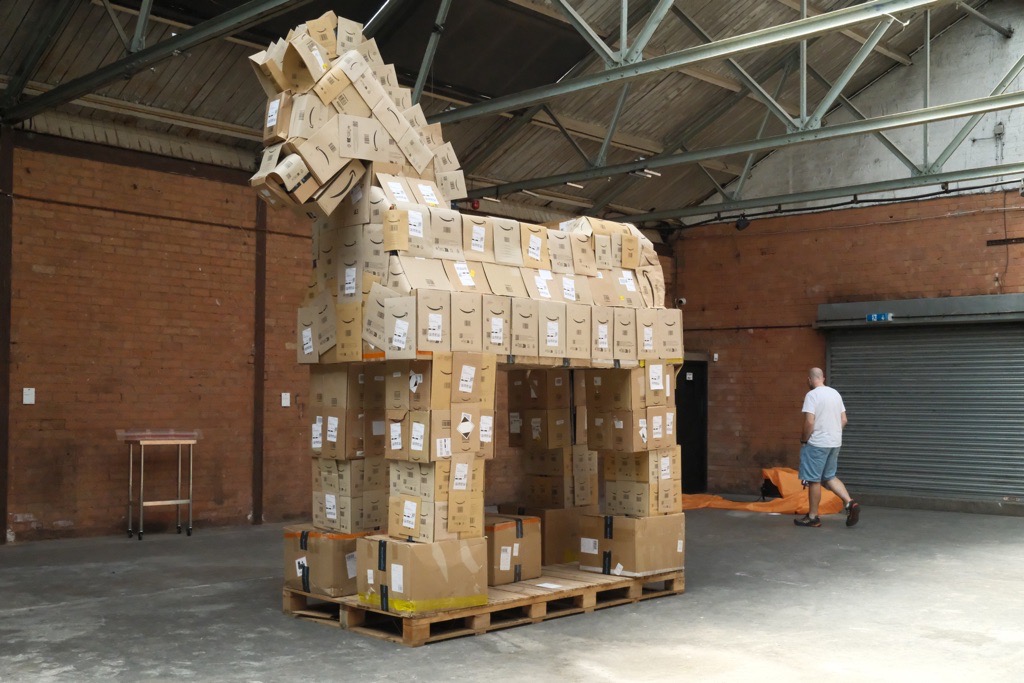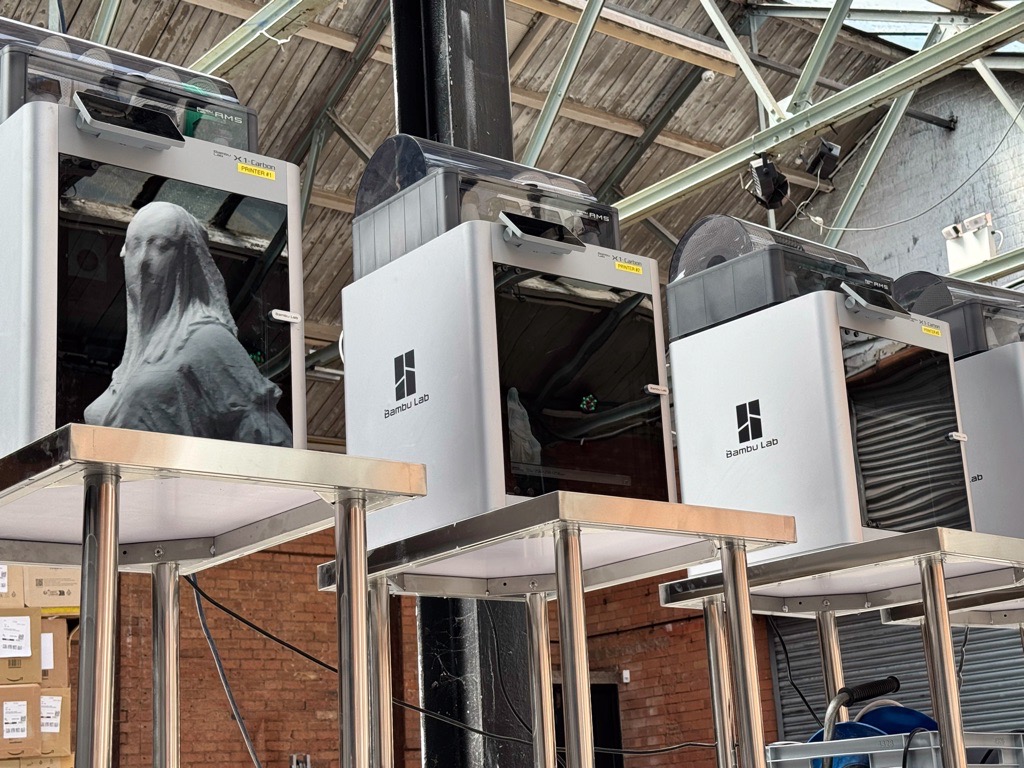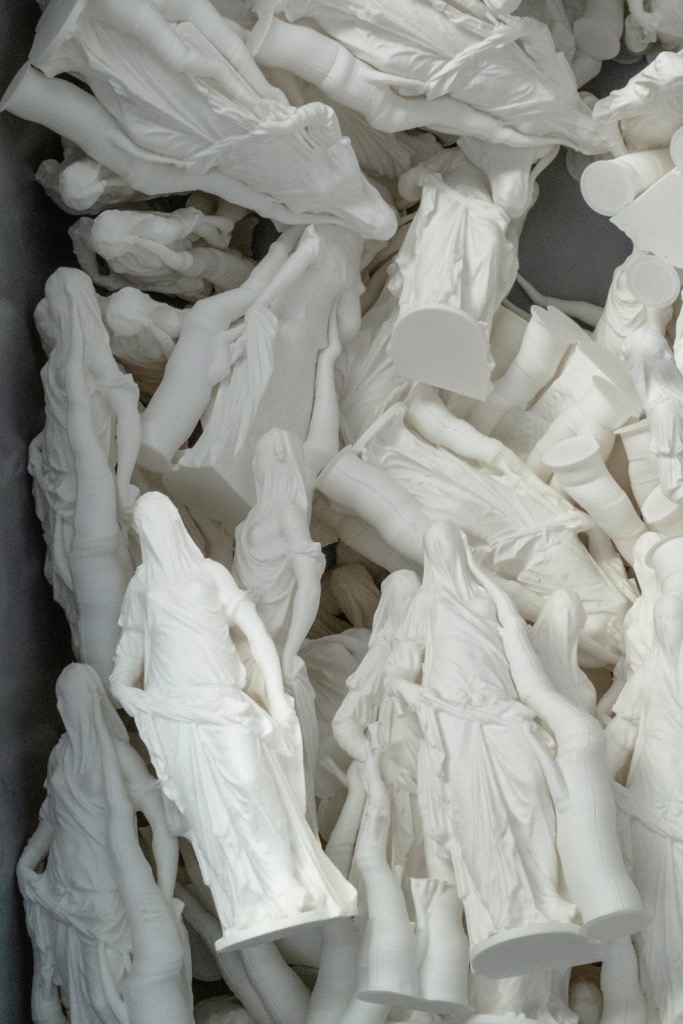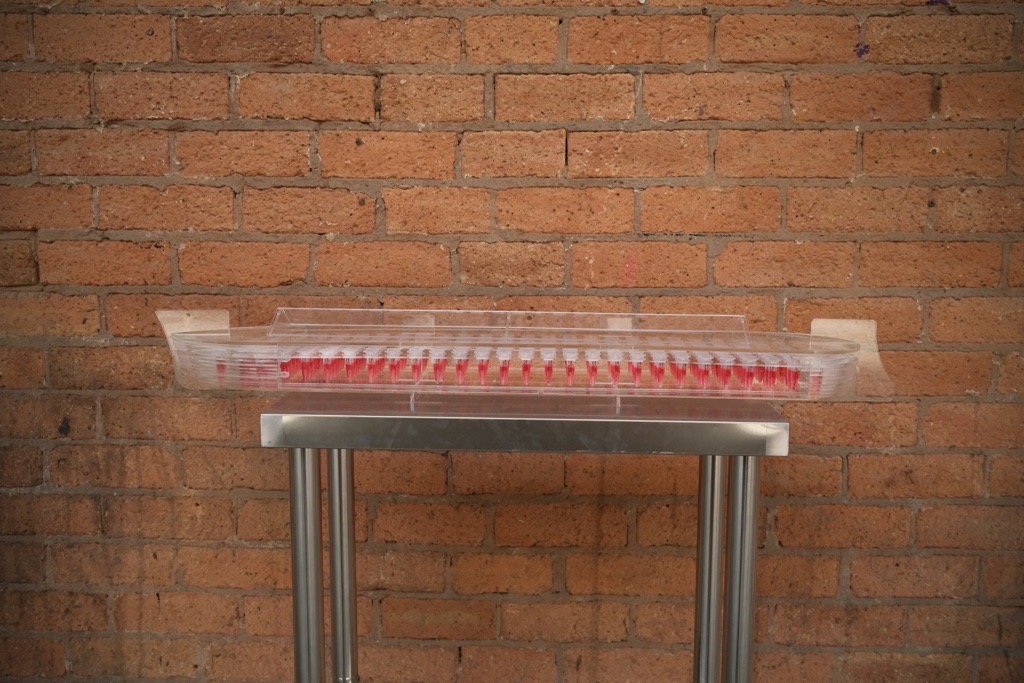Collecting artwork through my photography is one of my long-running projects. My interest in Luke Jerram’s work began during the pandemic, when BBC Midlands, was filming his large-scale artwork In Memoriam. The installation, set next to Aston Hall, was the subject of one of my earlier blogs. Briefly, Luke used blue and white hospital bed sheets to create a circular medical logo that stretched across a field. I was fortunate not only to meet him but also to talk with him about how this work came about and even to take his portrait photograph.

Since then, whenever one of Jerram’s installations has come to the West Midlands, I have made a point of visiting and photographing the artwork. I have seen Gaia at Millennium Point, the Museum of the Moon in Lichfield Cathedral, and more recently, Helios at the historic Charterhouse in Coventry.


The Charterhouse, a former medieval monastic house with a long and varied history, is now run by the National Trust. On a hot sunny afternoon in August, we visited the property to view Helios. Jerram’s works are displayed against differing backdrops which provide a dramatic contrast to the art. This glowing sphere of the sun was set within the walled gardens, an ideal setting, as my photographs show.

My grandson Noah suggested we lie down beneath Helios. This gave me an unusual perspective, and some striking photographs. After capturing several images, I paused to simply take in the artwork. Suspended within its metal frame, the sphere revealed breathtaking details of the sun’s surface. The inclusion of a scaled Earth nearby reminded viewers of just how vast the sun truly is.
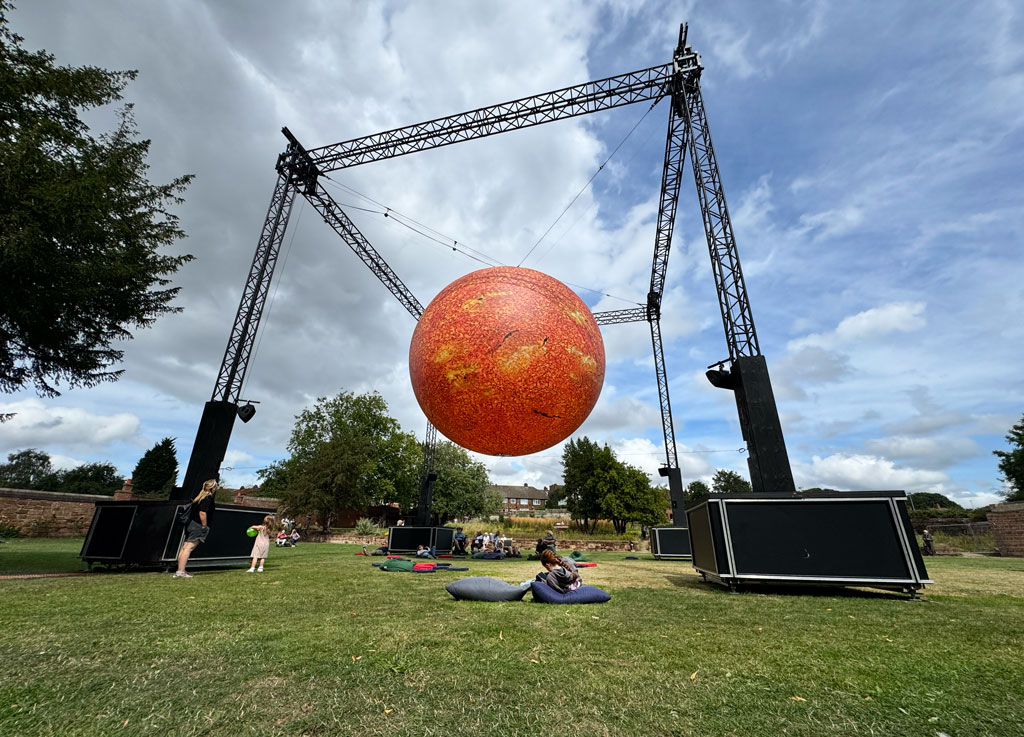
The Charterhouse itself is a place of calm beauty, with its tiered gardens and excellent coffee shop, a welcome stop after exploring. I doubt Richard II, who laid its foundations, could ever have imagined the many ways the property would be used over the centuries.

Now, having photographed In Memoriam, Gaia, Museum of the Moon, and Helios, my next goal is to view Mars when it visits the West Midlands. That will complete my personal photographic record of Luke Jerram’s planetary installations.
These are my previous entries on Luke Jerram’s artwork.
My notes from my visit to Gaia in March 2022.
We visited Gaia by Luke Jerram is in Millennium Point, Birmingham. This is adjacent to the ThinkTank Museum where the children had so much fun after visiting Gaia. The earth is something to see when you get up close and personal. Luke Jerram created the artwork which is 1.8 million times smaller than the real earth. The double exposure created in camera is of my daughter Natasha. My title of the picture is “Lost in her own world”. Interestingly my grandchildren cannot remember the visit so I am glad I have the pictures to show their enjoyment on the day.

